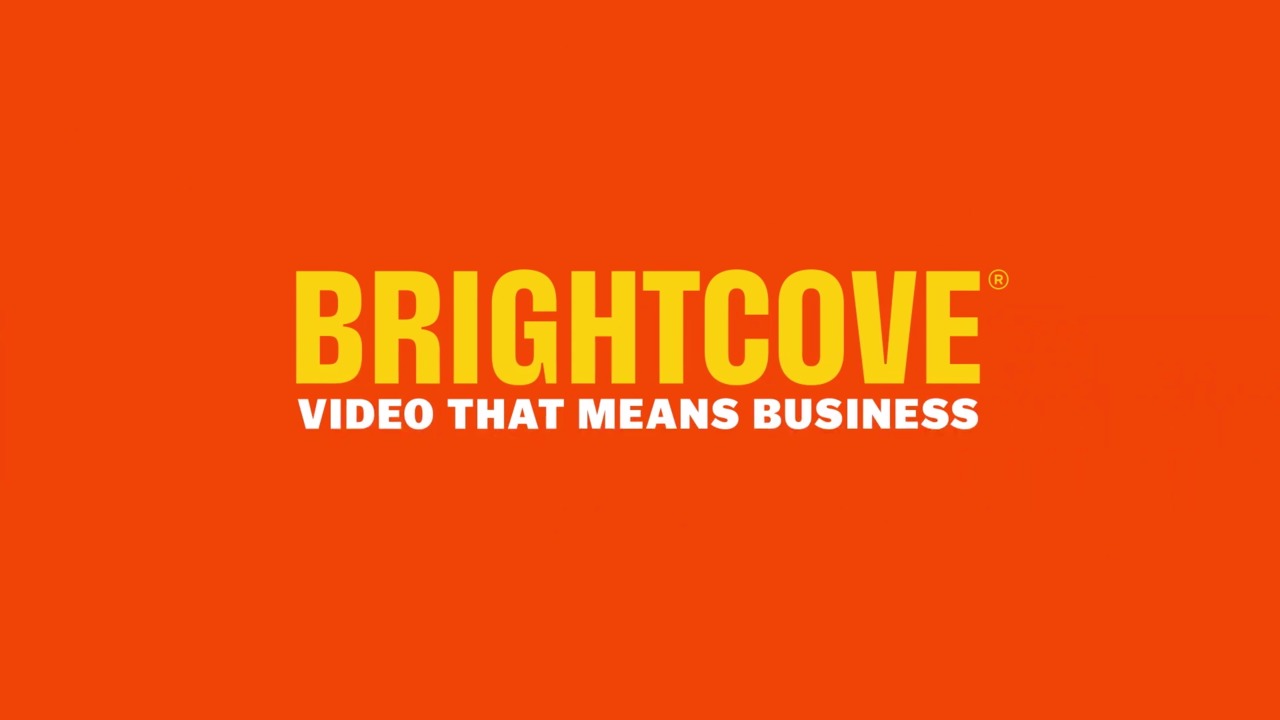Data from MeFeedia suggests that the "in 1 year, the amount of video available for playback in HTML5 has jumped from 10% to 63%." The company used its own video index to analyze about 30M videos sourced from 30K video sites. MeFeedia is a video aggregating site, that pulls from video sources, including YouTube, Vimeo, and Brightcove-supported sites.
This should come as no surprise, as the largest video sharing and hosting sites have rushed to support HTML5 video playback to keep pace with the rate the iPads and iOS devices have been taken up by consumers.
But what exactly does that mean, "available for playback in HTML5?" We wanted to dig a little deeper.
"HTML5 compatible video" could simply mean that at a minimum, the video codec is either H.264, WebM, or Ogg Theora formats that will work with the <video> code.
It's not clear whether MeFeedia's data is merely tracking the video codec as it's basis for HTML5 compatibility, or is looking at player environments as well. Both YouTube and Vimeo have offered up beta versions of their players to offer the option of HTML5 playback. And of course Brightcove smart players have supported intelligent switching between Flash and HTML5 depending on the playback environment for a while. I wonder if MeFeedia counts those beta programs, but I would assume that to reach 63% penetration they would be covering a wide range in the "video available for HTML5 playback," even if it's not standard or default player environment.
It would be interesting to see what percentage of the world's embedded videos are HTML5 compatible, to give a more accurate picture of whether an embedded instance is ready to playback in iOS device browsers, for example. We know at Brightcove that publishers using our players will have H.264 renditions that will playback in smart players, regardless of whether they show up on laptops or mobile devices.
And that's what really matters when it comes to HTML5 compatibility. Does it play? The answer should be, "yes!"
For more insights into the current state of HTML5 video, check our our free whitepaper, HTML5 Video Facts & Fiction.


